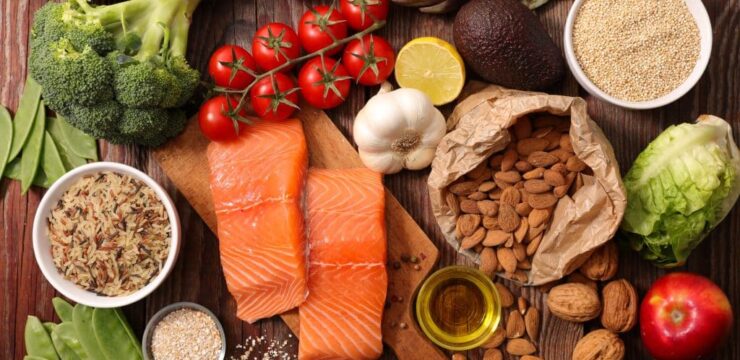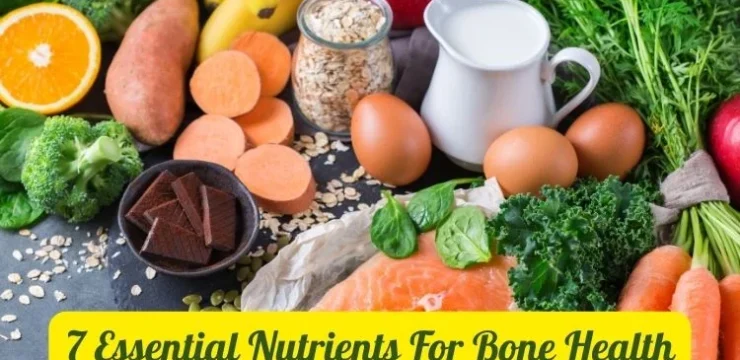Smoothies have become a go-to choice for people who want something quick, refreshing, and nutritious. They are often marketed as health boosters, but not every smoothie lives up to that promise. Some are loaded with added sugars, processed juices, or calorie-heavy ingredients that outweigh the potential benefits. The good news is that with a few simple strategies, you can make smoothies that are both delicious and truly healthy. By focusing on the right balance of ingredients and knowing how to avoid common pitfalls, you can enjoy smoothies as part of a balanced lifestyle rather than a sugar trap.
The foundation of a truly healthy smoothie starts with what you put in the blender. Fruits and vegetables should form the bulk of the recipe, as they provide vitamins, minerals, antioxidants, and fiber. Bananas, berries, mangoes, and apples are naturally sweet and create a smooth base, while vegetables like spinach, kale, and carrots can be added without overpowering the taste. The key is to combine them in a way that balances sweetness with nutrition. If you prefer a creamier texture, avocado or frozen zucchini can be used instead of relying on sugary yogurts or ice creams.
Another important consideration is the liquid base. Many store-bought smoothies and even some homemade recipes use fruit juice, which may sound healthy but is often high in concentrated sugars. A healthier choice is water, unsweetened almond milk, coconut water, or oat milk. These options keep your smoothie light while still adding hydration and a pleasant texture. By choosing liquids without added sugars, you create a foundation that allows the natural flavors of the fruits and vegetables to shine through.
Protein is an often-overlooked part of smoothie making. Without it, a smoothie can leave you feeling hungry soon after drinking it, which may lead to overeating later. Adding protein helps balance blood sugar and keeps you satisfied for longer. Options include Greek yogurt, plain protein powder, nut butters, or seeds like hemp, chia, or flax. Each of these contributes to a well-rounded smoothie that not only tastes good but also supports muscle repair, energy, and satiety.
Healthy fats are another essential component. While the word “fat” can sometimes carry a negative image, the body needs certain fats for brain health, hormone balance, and long-lasting energy. In smoothies, you can include fats in a simple way with ingredients like avocado, almond butter, peanut butter, or a sprinkle of chia or flaxseeds. These not only enrich the texture but also help the body absorb fat-soluble vitamins from the fruits and vegetables.
When making smoothies, it is also worth paying attention to portion size. Because smoothies are liquid, it is easy to consume a large serving without realizing how many calories it contains. A healthy smoothie does not need to be giant to be satisfying. A balanced blend of fruits, vegetables, protein, and healthy fats in a moderate-sized glass is usually enough to keep you energized and full. If you are drinking a smoothie as a snack, it should be smaller than a smoothie meant to replace a meal.
One of the challenges people face with smoothies is managing sugar content. Even though fruit sugars are natural, they can still add up if the smoothie is overloaded with bananas, mangoes, and sweetened yogurts. A simple way to address this is to follow a formula that includes one serving of fruit, one or two servings of vegetables, a protein source, and a healthy fat. This combination creates a nutrient-dense smoothie that does not cause the same blood sugar spikes as a fruit-only blend. Adding leafy greens like spinach or kale is an excellent way to balance sweetness with extra fiber and micronutrients.
Fiber is another factor that makes a smoothie truly healthy. Many commercial smoothies strain out pulp or use fruit juice concentrates, which eliminates much of the natural fiber. At home, you can keep the fiber intact by blending whole fruits and vegetables rather than juicing them. Fiber supports digestion, promotes fullness, and helps regulate blood sugar levels. Ingredients like oats, chia seeds, and flaxseeds can be added to boost the fiber content even further.
If you want to take your smoothies to the next level, consider adding what are often called “superfoods.” These are ingredients rich in nutrients that can provide specific health benefits. For example, spirulina adds plant-based protein and antioxidants, while cacao powder offers magnesium and a chocolate-like flavor without refined sugar. Berries such as blueberries, raspberries, and acai are packed with antioxidants that support overall wellness. While these extras are not necessary for every smoothie, they can be fun ways to enhance nutrition while keeping flavors interesting.
Texture and taste also matter. A smoothie should not only be healthy but also enjoyable to drink. Freezing fruits before blending can give a thicker, milkshake-like texture without needing ice cream. Using a combination of fresh and frozen produce helps strike a balance between smoothness and flavor. If you find the smoothie is not sweet enough, a small drizzle of honey or a date can help, but it is best to keep added sweeteners minimal to preserve health benefits.
Making smoothies part of your routine can be simple with a little preparation. Keeping frozen fruit, washed greens, and portioned seeds or protein powders ready to go can make blending quick and stress-free. Some people like to prepare smoothie bags in advance, filling freezer-safe containers with fruit and vegetables that can be quickly blended with liquid and protein when needed. This saves time in the morning and makes it easier to stick to healthier choices.
The timing of when you enjoy smoothies also plays a role in how beneficial they are. Drinking a smoothie for breakfast can be a refreshing way to start the day with vitamins and hydration. Smoothies also work well as a post-workout option, replenishing energy and supporting muscle recovery when combined with protein. They can even serve as a light dinner on busy evenings when cooking is not practical, as long as they include enough protein and healthy fats to keep you satisfied.
In the end, making smoothies that are truly healthy is about more than just tossing fruit into a blender. It requires a little thought about balance, portion sizes, and the overall role the smoothie plays in your diet. By focusing on whole fruits and vegetables, choosing low-sugar liquid bases, including protein and healthy fats, and paying attention to fiber, you can create smoothies that nourish your body while still tasting like a treat. With these strategies, smoothies become a valuable tool for health rather than just another sugary drink disguised as wellness.
A smoothie can be as simple or as creative as you like. What matters most is that it supports your health goals and leaves you feeling energized and satisfied. By learning to build them with the right ingredients, you can enjoy smoothies as a refreshing, versatile, and genuinely healthy part of your daily routine.






